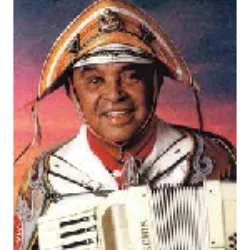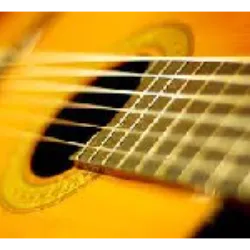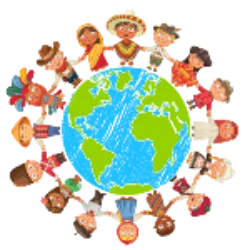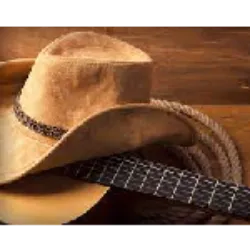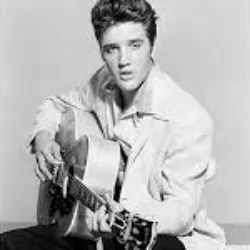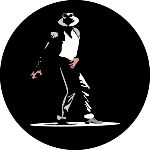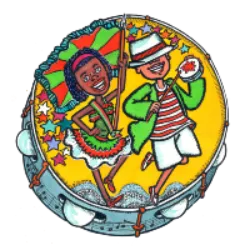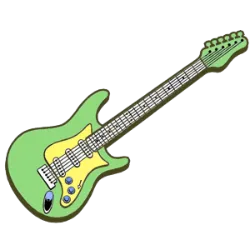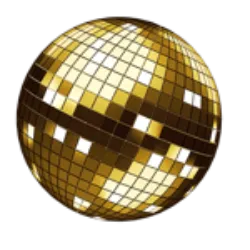Dominguinhos's first work

Sanfona Sentida is one of the most emblematic musics of Dominguinhos, one of the two greatest sanfoneiros do Brasil. Released in 1980, the song reflects all of Dominguinhos' mastery, which was innovated and lined with a unique mix of softness and complexity. Dominguinhos, who was a disciple of Luiz Gonzaga, is recognized for his unparalleled skill in music and his ability to play with a sensitivity that transmits deep emotions.
The music "Sanfona Sentida" is a clear example of the tradition of the Forró, incorporating the authentic sound of the Northeast, with the contagious rhythm and an enveloping melody that will conquer all along the generations. A sanfona by Dominguinhos, with its notes full of sentiment, transforms the song into a true first work, marked by softness, but also by emotional force.
With his exceptional talent, Dominguinhos helped consolidate and shape the Brazilian musical scene, becoming more popular and appreciated by different audiences. "Sanfona Sentida" is part of his career and continues to be one of the most sought-after and admired music genres and Brazilian music as a whole. His musical legacy remains alive and is a source of inspiration for new musicians.
A Evolution of Gender and Its Success
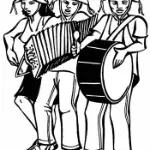
Electronic forró raises many discussions among fans of the traditional one, however it achieves great success throughout the country, especially among young people. The song has connection with the guitar, drums and keyboard. It is a very popular forró genre and the dances are hectic, containing complex movements. The main names of this type of music are Aviões do Forró, Wesley Safadão, Calcinha Preta, among other artists.
Test yourself with one of these challenges 👇
Discover some interesting facts about Forró
Forró pé de serra emerged in the mid-1940s and is the most classic of all
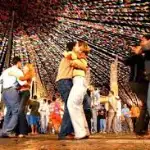
Forró pé de serra emerged in the mid-1940s and is the most classic of all. Normally, it is formed by a team composed by the triangle, accordion and zabumba. The movements are basic and determined by simply turning the partner. Several important figures emerged from it, such as Luiz Gonzaga, Gonzaguinha and Genival Lacerda among others.
Forró pé de serra emerged in the mid-1940s and is the most classic of all
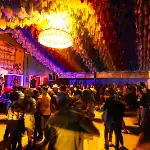
Forró pé de serra emerged in the mid-1940s and is the most classic of all. Normally, it is formed by a team composed by the triangle, accordion and zabumba. The movements are basic and determined by simply turning the partner. Several important figures emerged from it, such as Luiz Gonzaga, Gonzaguinha and Genival Lacerda among others.
Historians suggest that the word forró came from the term forrobodó
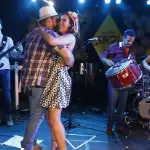
Historians suggest that the word forró came from the term forrobodó, a Galician-Portuguese variation of 'forbodó', originating from the French faux-bourdon, which could mean "de-intonation". One unverified theory is the name was coined from an English expression. British engineers settled in the Pernambuco area during the construction of the Great Western Railroad. They threw parties for important leaders, then opened the celebration for everyone. Tickets were marked with the term "para todos", Portuguese for "for all" - "forró" - when pronounced by northeastern natives.
In the 80's, forró underwent a transformation
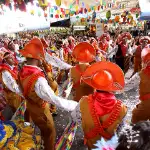
In the 80's, forró underwent a transformation, with some extra instruments being incorporated, such as drums, guitar and electric bass. During the 90's, more elements were added to the bands, including keyboards and sax. there was a new look at this musical genre, thus appearing the university forró that made certain musical alterations in relation to its original version. It is often confused with baião, xaxado and xote due to the obligatory presence of the zabumba, accordion and triangle; It can also be referred to as 'forró pé de serra' or traditional forró.
The denomination forró
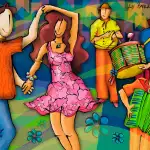
The denomination forró was used for the first time to designate this melody and dance only in 1950, a year after the singer Luiz Gonzaga recorded his song "Forro de Mané Vito". Previously, the compositions were based on the way of life in the Brazilian Northeast. Its plot ranged from joys to sadness generated by the problems of this people, often talking about distant loves, homesickness, etc. Therefore, the 13th of December is known as National Forró Day and also celebrates the birthday of Luiz Gonzaga, known as The King of Baião.
Test yourself with one of these challenges 👇
HOME
